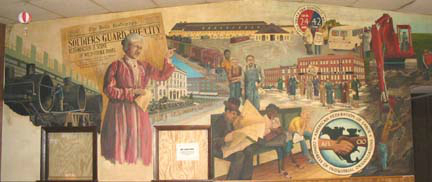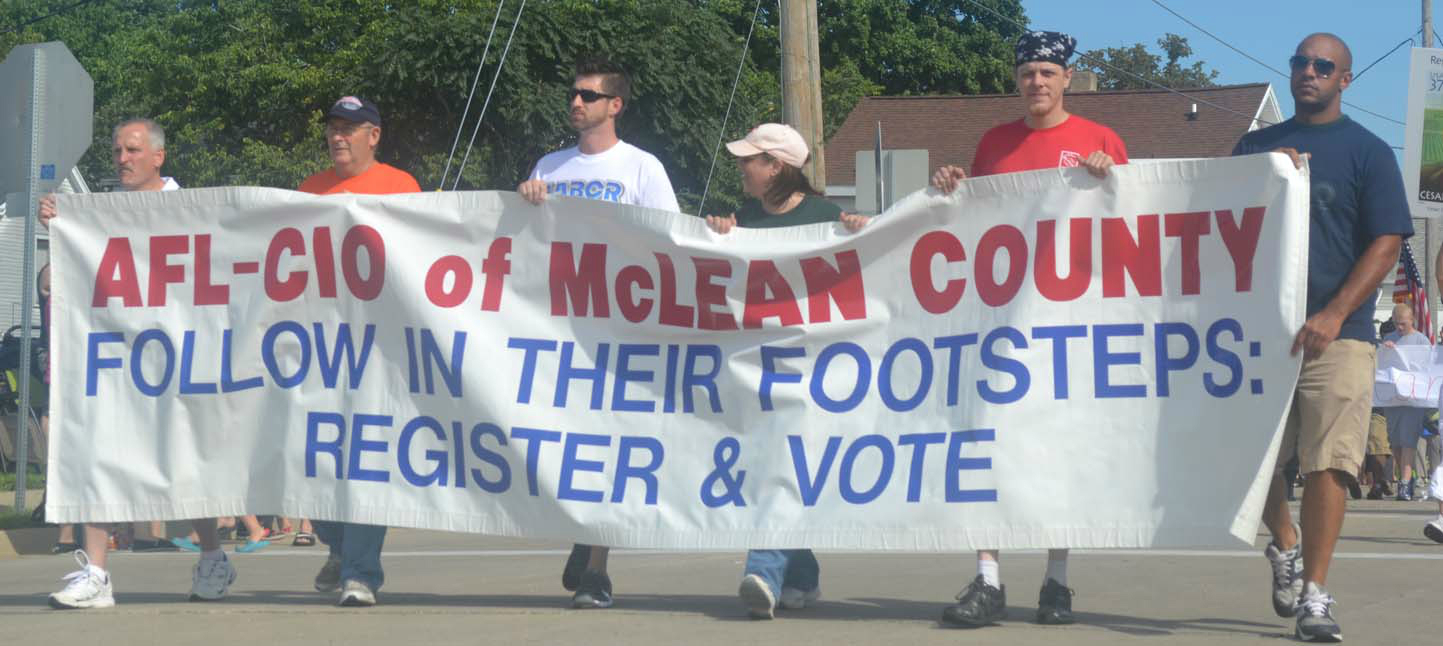|
80 years ago workers’ rights were established and seniors protected in U.S. law, followed 50 years ago for another milestone -- Medicare. Together these programs are a basic right and foundation that helped bring great social change, spearheaded by Democratic Presidents.
Social Security
Before 1935, retirement was a vague process for many Americans -- it was “work till you dropped,” or else a trip to the dreaded “poor farm,” where the indigent and elderly with no resources ended up.
Some Americans enjoyed pensions, but much of the population depended upon family to see them through their elder years.
On August 14, 1935, President Franklin D. Roosevelt signed the Social Security Act. The next year, Republican Presidential challenger Alf Landon based his campaign against this law. Roosevelt won an overwhelming victory.
By 1937 20 million Social Security cards were issued; in 1940 the first Social Security payment was sent to Ida May Fuller for $22.54.
Over the years Social Security has been indexed for inflation. In 1954 disabled Americans gained Social Security coverage.
Labor Relations
The early 1930s saw a large number of often violent street confrontations, as workers tried to organize unions. There were no legal rights to form a union.
On July 5, 1935, President Roosevelt signed the National Labor Relations Act, establishing the National Labor Relations Board.
If a majority of workers sign union representation cards, a federally-supervised secret ballot election is held. The majority vote carries and if the union wins, it then becomes the recognized collective bargaining agent for those workers, entitled to negotiate a contract.
At the time, the Republican Party attacked the law as “socialist.” The new law triggered mass union organizing, with from 7-9 million workers joining unions by 1940. The law excluded public employees, farm workers and domestic workers.
Medicare & Medicaid
On July 30, 1965, the Social Security Act was amended to include health coverage for seniors, called Medicare, and for poor people, called Medicaid, signed by Democratic President Lyndon Johnson.
At the time, 65 percent of seniors had insurance coverage, many others were denied or had to pay high prices for insurance.
In 1961, Ronald Reagan recorded a message, decrying government health programs, saying, “From here it’s a short step to all the rest of socialism, to determining his pay and pretty soon your son won’t decide when he’s in school where he will go or what he will do for a living. He will wait for the government to tell him where he will go to work and what he will do.”
|



